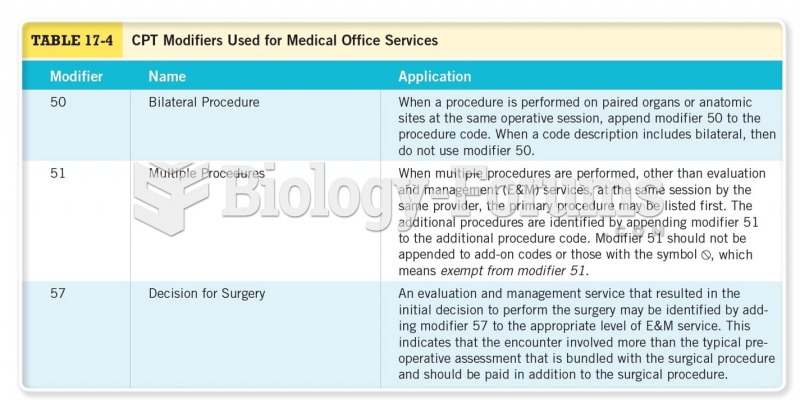Answer to Question 1
An ideal response will:
1. Explain that there is substantive variation in diversity across the armed forces. Note that the air force and navy have the greatest gains in female recruits and that the navy and army have seen the greatest gains for minority recruits.
2. Explain that recruitment efforts have been more successful with minorities for three reasons: (1) there have been sexual harassment scandals in the armed services, and few women have advanced to senior posts over the decades; (2) the military has worked harder on recruiting minorities and has had a strong role model in Colin Powell; and (3) the military has a long history of recruiting high school graduates who are not college bound, many of whom are minorities.
3. Identify that women in the military have been allowed to fly aircraft to and from airfields, guard convoys and prisoners of war, and rescue wounded soldiers, but they have been excluded from combat positions, which hinders their training for the most senior positions.
4. Note that although the military is redesigning assignments to ensure that women have equal opportunity to participate in noncombat operations, women are still allowed to serve only in support units.
5. Mention that the Department of Defense did announce in 2012 that women will be allowed to take more dangerous jobs closer to the battlefield, which has caused strong concern from some quarters.
6. Detail that experts are asking whether women should be given the order to engage in combat and that the subject is a source of much debate.
7. Discuss some of the reasons why opponents believe women should not be allowed into combat, which include the fact that men are physically stronger, the concern about personal relationships between men and women being a distraction in battle, the possibility of pregnancy at time of combat, and the risk of discrimination and sexual harassment because combat units are harder to police.
8. Outline the reasons for believing women should be allowed to participate in combat, which include the fact that modern combat uses high technology weapons and requires tight coordination of various units, which can blur the line between combat and support units; the argument that high technology warfare requires less physical strength than conventional warfare; and the point that recent studies suggest women are already subject to discrimination and harassment in the military.
Answer to Question 2
Answer: An ideal response will:
1. Explain how the president's strength comes in large part from the president's large cadre of advisers. With so many advisers, the president has much information and expertise available at all times of the day or night.
2. Provide a situation in which the president might consult with the vice president, such as when the president needs a loyal confidant who can help address the political implications of a foreign policy action.
3. Provide a situation in which the president might consult with the secretary of state, such as when the president wants to know the status of diplomatic negotiations.
4. Provide a situation in which the president might consult with the secretary of defense, such as when the president wants military advice from the perspective of a civilian official.
5. Provide a situation in which the president might consult with the secretary of homeland security, such as when the president is weighing how a foreign policy might affect the safety and security of the United States.
6. Provide a situation in which the president might consult with the director of National Intelligence, such as when the president needs intelligence about the military or nuclear capabilities of a foreign government.
7. Provide a situation in which the president might consult with the National Security Council, such as when there is a rapidly developing foreign policy crisis that needs immediate attention.
8. Provide a situation in which the president might consult with the Joint Chiefs of Staff, such as when the president needs to fully understand the different capabilities of the different service branches of the U.S. military.







